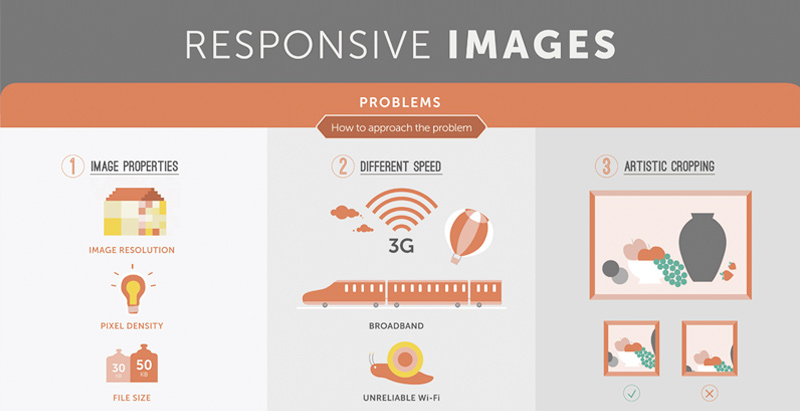Web Site Design Basics: Tips For Structure A User-Friendly Website
Web Site Design Basics: Tips For Structure A User-Friendly Website
Blog Article
Write-Up By-Wiley Bak
When it involves web site design, making sure user-friendliness is crucial. From receptive design to structured navigation, every element plays an essential role in developing a website that satisfies your audience's demands. However what concerning the better details that can make or damage a customer's searching experience? Remain tuned as we discover some often-overlooked tips that can elevate your internet site's functionality to the next degree, making it genuinely stand apart in the digital landscape.
Significance of Responsive Design
Receptive style is an essential facet of modern site development. Guaranteeing your website is responsive means that it can adjust to various screen sizes and gadgets, supplying a seamless experience for users.
With the boosting use of smartphones and tablet computers to access the internet, having a receptive design is vital for reaching a bigger target market. It aids in enhancing customer experience by making your web site easy to navigate and continue reading any type of device.
Furthermore, receptive design can favorably impact your search engine positions, as online search engine like Google focus on mobile-friendly websites. By having mobile search engine optimization , you're also future-proofing your internet site, as new devices with varying display sizes continue to emerge.
Simplify Navigation Framework
To improve user experience and promote easy access to details on your website, enhancing the navigating framework is extremely important. When designing your site, focus on producing a clear and user-friendly navigating food selection that helps visitors find what they're seeking rapidly.
Restriction the variety of food selection items to the basics, grouping related pages together to prevent overwhelming users. Usage detailed tags that plainly indicate the content of each page, making it much easier for individuals to comprehend where each web link will certainly take them.
Think about applying dropdown menus for subcategories to stop cluttering the primary navigation bar. Additionally, consist of a search bar prominently on the web page for users who like looking for details details.
Focus on mobile responsiveness in your navigation layout to ensure simple accessibility on all devices.
Maximize Web Page Load Rate
Improving web page load speed is essential for retaining site visitors on your website. Slow-loading pages annoy users and can bring about high bounce prices. To maximize page lots speed, beginning by maximizing pictures. Press pictures without compromising high quality to reduce their file sizes.
Furthermore, make it possible for internet browser caching to keep often accessed sources locally, accelerating tons times for returning site visitors. Minify CSS, JavaScript, and HTML documents by eliminating unnecessary characters, remarks, and formatting, improving lots rate.
Think about making use of a material shipment network (CDN) to distribute your site's material across several web servers worldwide, reducing latency for users accessing your site from different locations. Last but not least, restrict making use of third-party scripts and plugins, as they can dramatically affect lots times.
visit this page , by including responsive design, streamlining navigation, and enhancing page lots rate, you can produce an user-friendly web site that interest a bigger target market and boosts individual experience. These essential elements make certain that visitors can quickly accessibility and navigate your website across various tools, leading to raised involvement and fulfillment. By focusing on these crucial elements, you can develop a successful site that maintains customers coming back for more.
